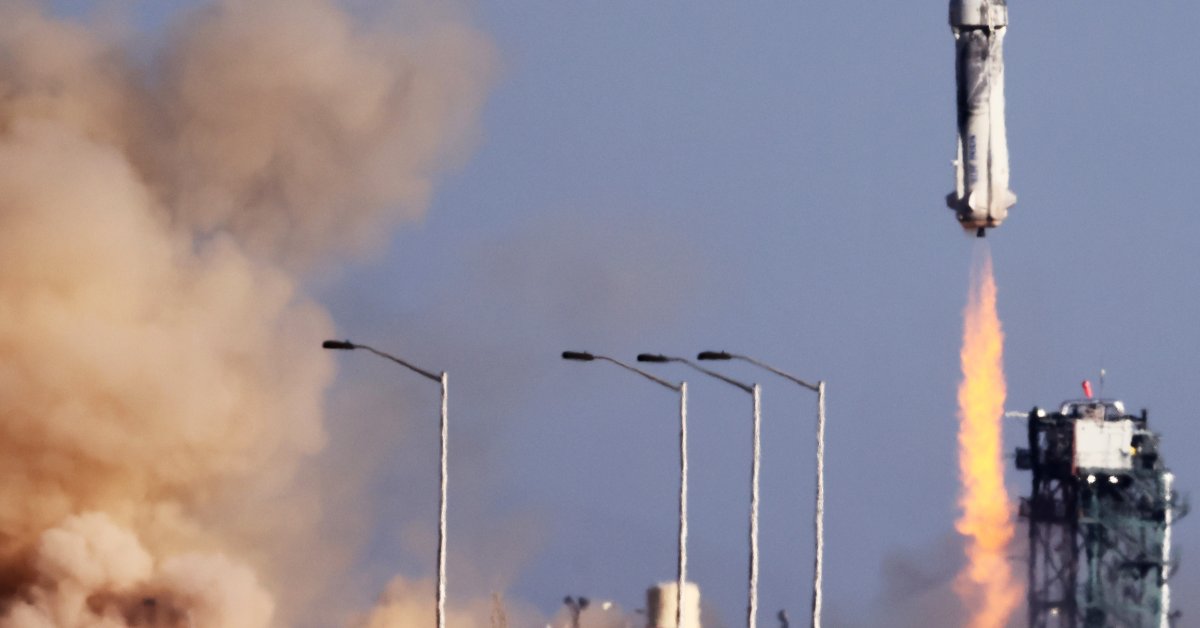Space Tourism: Breaking Gender Barriers
For decades, the cosmos remained a predominantly male domain. Images of astronauts were overwhelmingly masculine, reinforcing the perception that space exploration was a boys' club. But the burgeoning field of space tourism is subtly, yet significantly, shifting this narrative. While still heavily skewed towards men, the industry is witnessing a notable increase in female participation, challenging traditional gender roles and paving the way for a more inclusive future in space.
The Historical Context: A Male-Dominated Frontier
The early days of space exploration were undeniably male-centric. The Soviet Union's Yuri Gagarin and the United States' Alan Shepard became iconic figures, cementing the image of astronauts as strong, brave men. This representation, although reflective of the societal norms of the time, inadvertently created a barrier for women aspiring to reach for the stars. While women like Valentina Tereshkova (the first woman in space) made groundbreaking achievements, their numbers remained significantly lower than their male counterparts. This disparity was fueled by both overt and subtle biases within the scientific and military establishments.
Overcoming Systemic Barriers: A Slow but Steady Climb
The path to greater gender equality in space has been a long and arduous one. It required persistent advocacy, legal battles against discriminatory practices, and a gradual shift in societal attitudes. Organizations like the Women in Aerospace (WIA) have played a critical role in supporting and empowering women in the aerospace industry, fostering a more inclusive environment. Increased awareness of unconscious bias in hiring practices and the implementation of diversity initiatives within space agencies have begun to yield positive results.
Space Tourism: A New Frontier for Gender Equality?
Space tourism, in its relative infancy, presents a unique opportunity to accelerate this progress. While the high cost of space travel currently limits accessibility, the democratizing potential of the industry is undeniable. As prices gradually decrease and commercial spaceflights become more commonplace, a more diverse range of individuals – including a greater proportion of women – will be able to experience the wonder of space.
Challenging Stereotypes Through Representation
The increasing visibility of female space tourists actively challenges deeply ingrained stereotypes. Every woman who embarks on a space journey serves as a role model for aspiring female scientists, engineers, and astronauts. This representation is crucial for inspiring the next generation of space explorers and fostering a belief that the cosmos is a place for everyone.
The Role of Commercial Space Companies
Commercial space companies like Virgin Galactic and SpaceX, while still predominantly employing men in high-level positions, are increasingly acknowledging the importance of diversity and inclusion. Their marketing campaigns often showcase diverse groups of people, implicitly suggesting that space travel is for all. This proactive approach, while still needing further improvement, signals a positive shift in the industry's outlook.
The Path Forward: Ensuring True Inclusivity
Despite the encouraging trends, significant challenges remain. The high cost of space travel continues to be a barrier, disproportionately affecting women from underrepresented communities. Moreover, ensuring that women are not only passengers but also actively involved in the design, development, and operation of space tourism ventures is crucial.
Recommendations for a More Inclusive Future:
- Scholarships and financial aid: Targeted funding programs designed to support women pursuing careers in the aerospace industry and enabling access to space tourism.
- Mentorship programs: Connecting experienced female professionals with aspiring female space enthusiasts.
- Promoting STEM education for girls: Fostering interest in science, technology, engineering, and mathematics (STEM) from a young age.
- Transparent diversity metrics: Publicly reporting data on gender representation at all levels within the space tourism industry.
Conclusion:
Space tourism presents a unique opportunity to break down gender barriers in space exploration. While challenges remain, the growing participation of women in this exciting new field signals a promising shift towards a more inclusive and equitable future among the stars. By actively addressing existing inequalities and fostering a culture of diversity and inclusion, the space tourism industry can help to ensure that the cosmos truly becomes a place for all.
